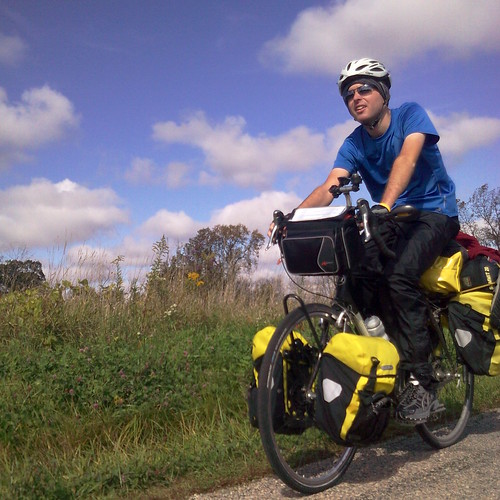Later this summer, I intend to make a ten-day travel. It is going to be mainly road touring with one-two-tree days of sloped dirt roads or forest trails possible.
I usually pack heavily, carrying a 60 litre pack, that I will probably fill up for this journey (tent, sleeping bag, beer will be restocked continuously). Both the backpack and bags have rain covers. However, my concern is that putting around 10 kg(22 lb), maybe 15kg(33 lb) directly over my rear wheel will ruin the rim at the first hole I bump. Which should I choose : the backpack or the system of rear rack mounted bags system?


 Related: Why do cyclists prefer messenger bags over backpacks?
Related: Why do cyclists prefer messenger bags over backpacks?
Gary Fisher Kaitai suffers from handlebar wobble at moderate speed with 10lbs on rear rack


